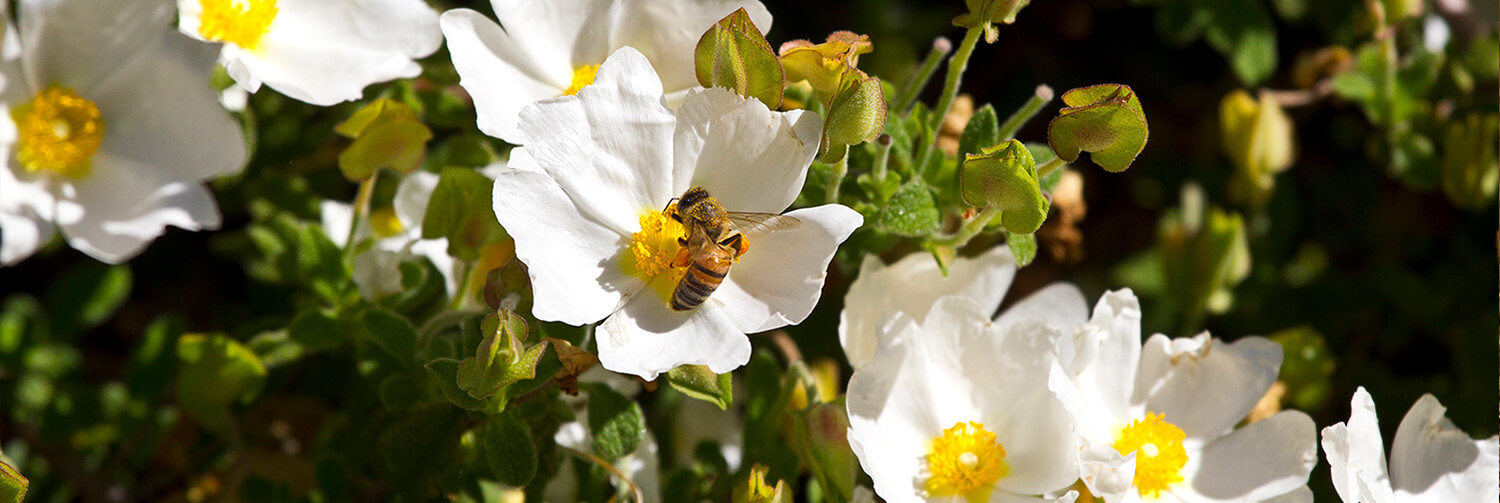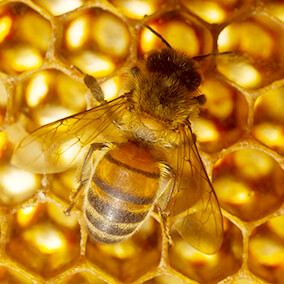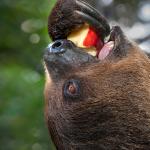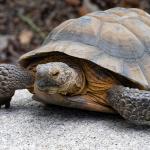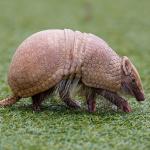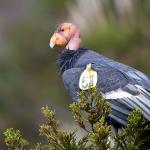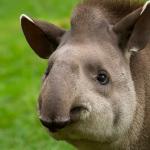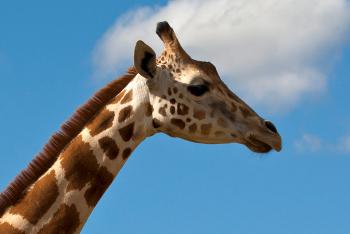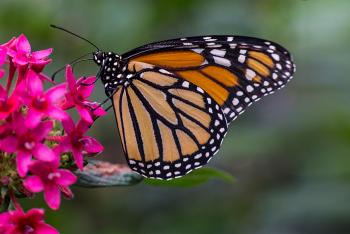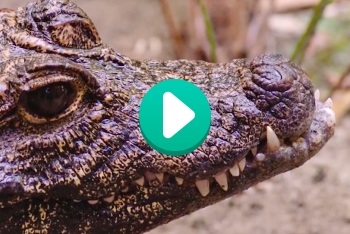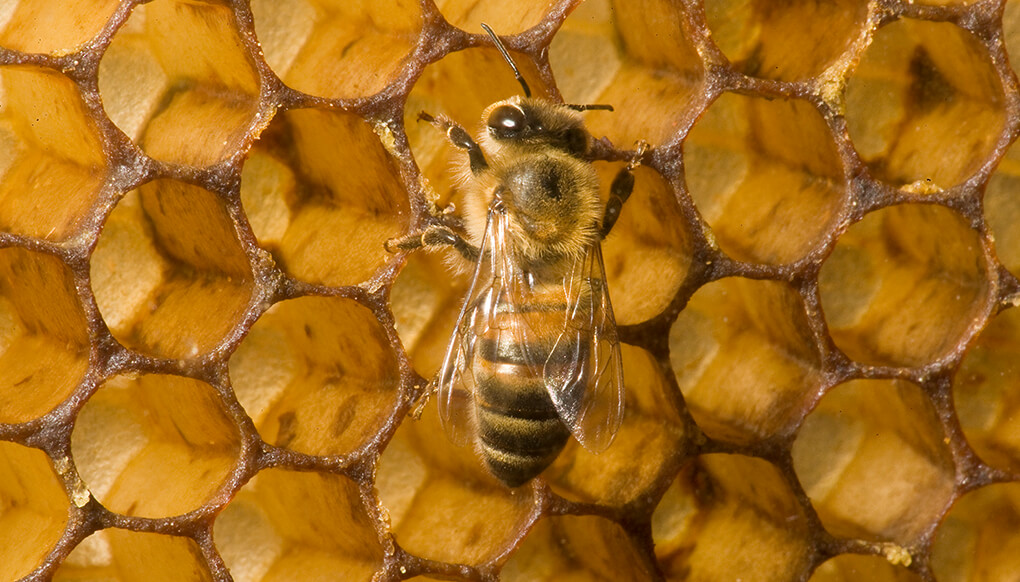
Bee
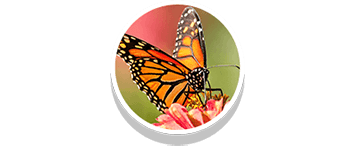
Arthropods


Some Endangered
facts

Bees drink nectar from flowering plants, as well as collect pollen, which they turn into honey back at the hive for food.

description
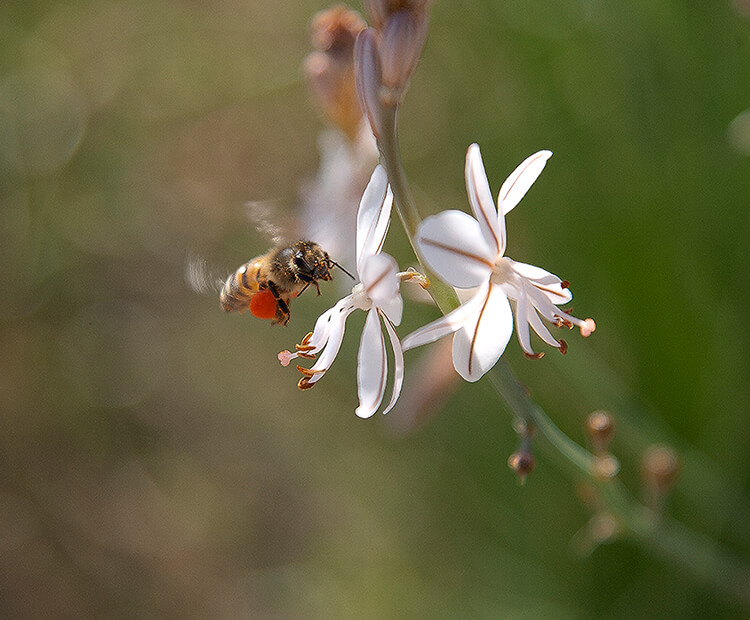
The buzz on bees
Bees fly from flower to flower, sipping nectar and collecting grains of pollen. Bees have a special tongue that sucks up the nectar and a crop in their throat for storing it until they get back to the hive, where it is turned into honey to use as food. Bees live around the world, on all continents except Antarctica.
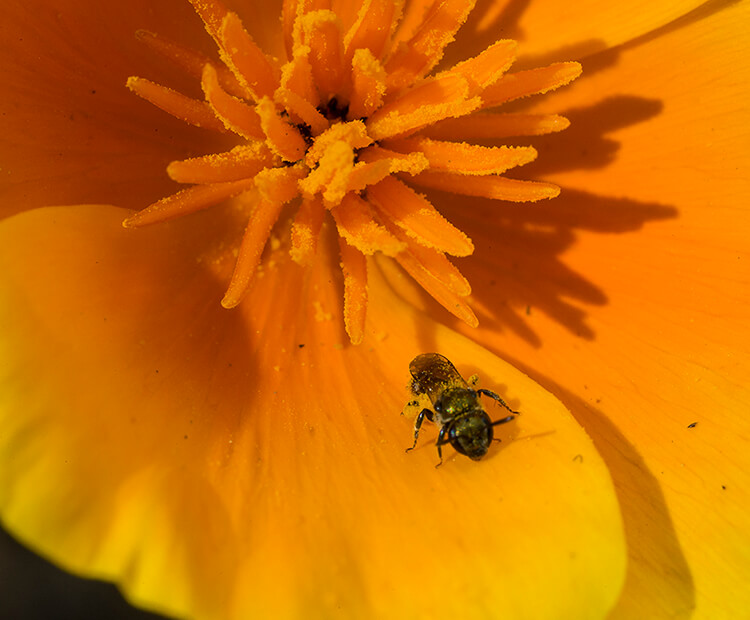
Picky pollinators
Many plants depend on bees to spread pollen, helping them to reproduce. Flowers that attract bees are usually yellow, blue, or purple. Many bees specialize in one plant species. In areas where different flowering plants bloom at the same time, this keeps different bee species from fighting over the same flower!
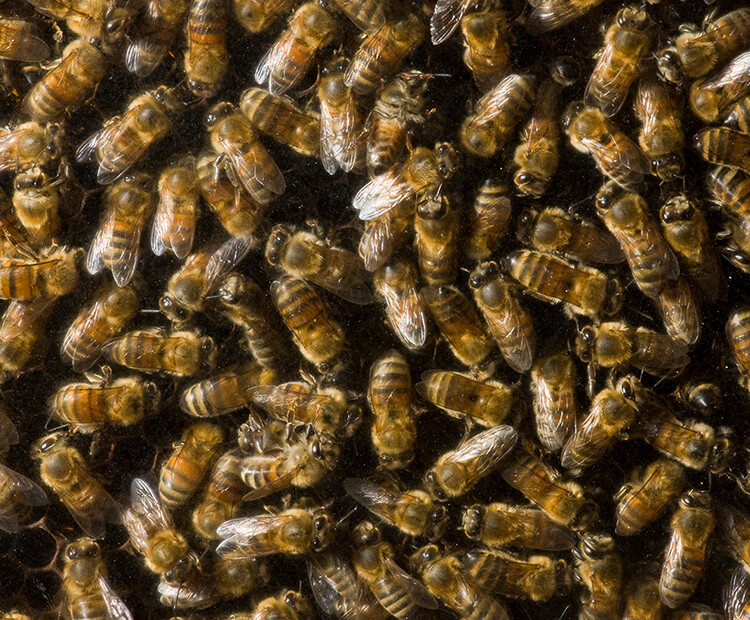
Busy as a bee
Honeybees and bumblebees live in colonies or hives. All the bees in the colony work together for the good of the hive. Each has a job to do: the queen lays the eggs and the workers build the honeycomb, care for the larvae, and collect the food.

